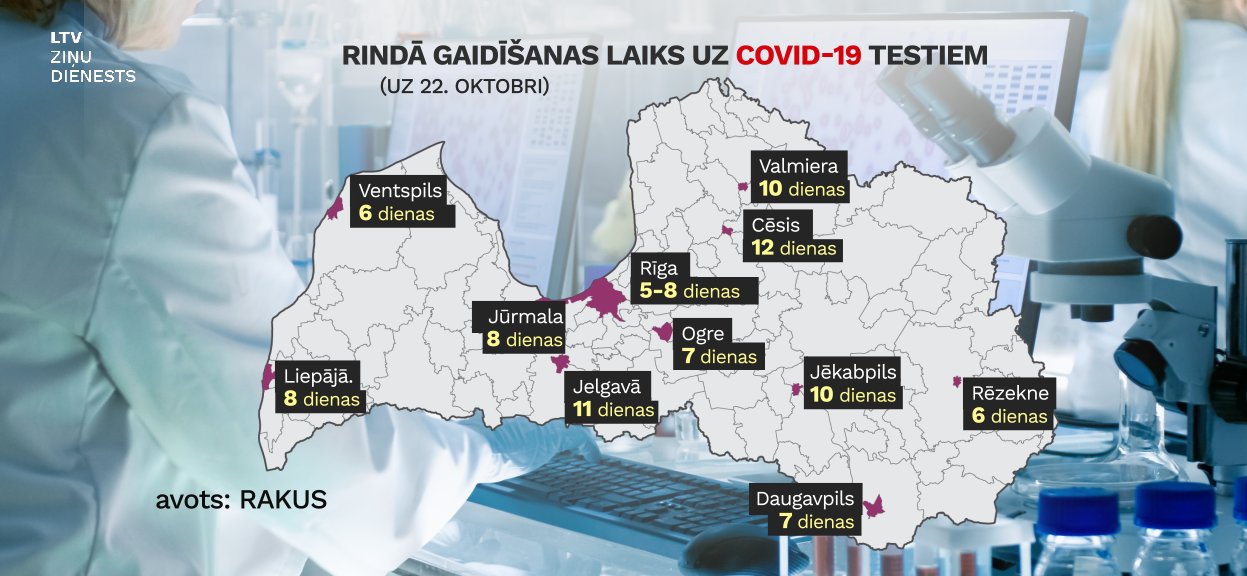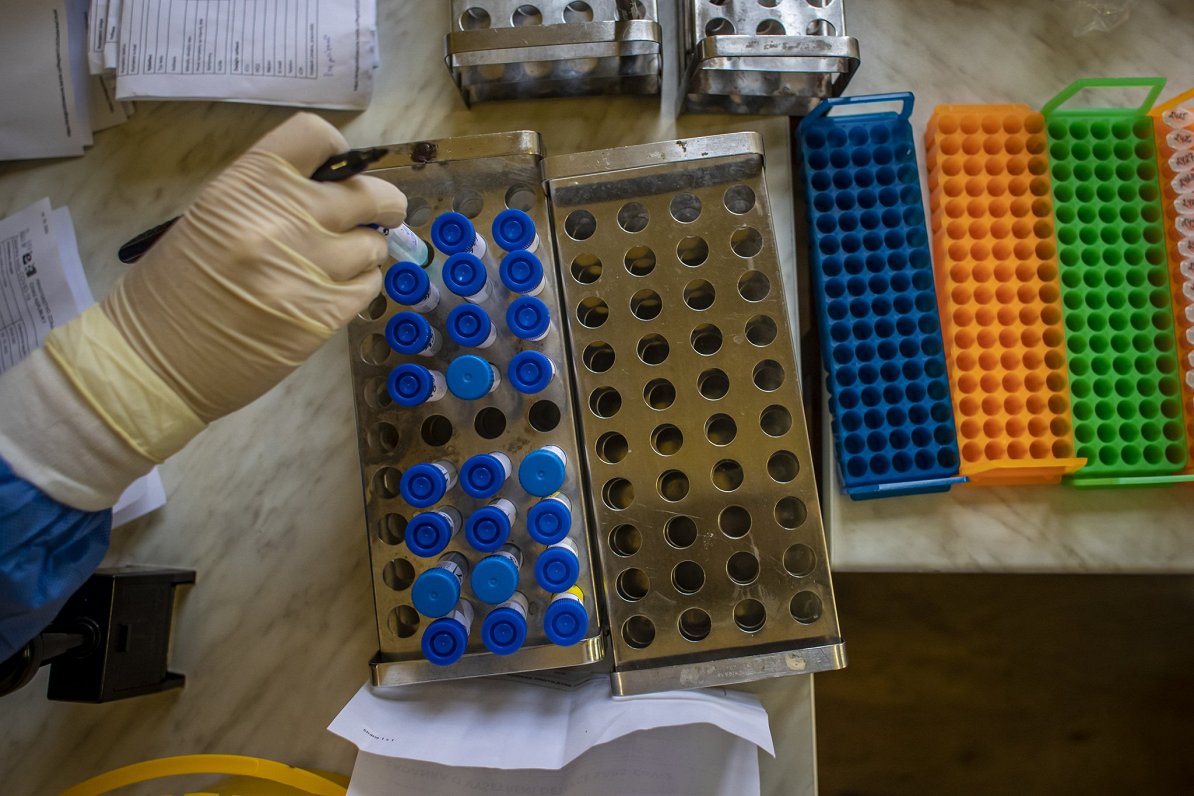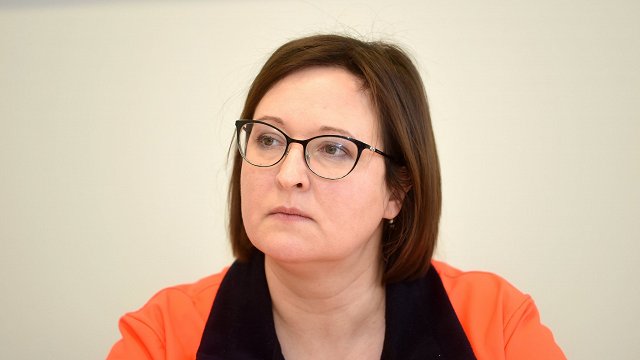This month, as reported, the number of people tested averaged 4,000 daily.
Politicians have indicated that this is an optimal number of tests, but long queues have formed. On Thursday, regardless of the signs of the disease, five to eight days' wait had to be expected in Riga, 10 days in Jēkabpils and Valmiera, and 11 days in Jelgava.

The number and reserves of test reagents are sufficient, even abundant.
“The reagent is currently sufficient for both sampling and testing. Its average capacity is 6000 and even more per day can be tested taking into account all laboratories. Reagents and equipment are both available. But of course, it must be considered here that
these tests are not so cheap, and they cost the country around €200,000 a day. That's not a small amount,” said COVID-19 testing lab network coordinator Sergejs Ņikišins.
A total of more than €11 million has been spent so far, excluding September and October, when testing capacity has increased several times. There are no data for these autumn months yet.
This does not include additional costs – salaries of COVID-19 call center staff, testing tents, home visits.
The National Health Service (NVD) explained that the money for COVID-19 testing is allocated from the budget for unforeseen events. At the end of the month, laboratories shall submit an overview of the work carried out, indicating the type, number and cost of the test. These data are then compiled by NVD and further reviewed by the Cabinet.
The problem lies in the lack of employees.
At all COVID-19 testing points together, 100 nurses are currently working, each serving at least 50 people per day, according to statistics.
On holiday, the number of nurses in laboratories is varying, but well below the working days, so the number of tests taken on Saturdays and Sundays is usually halved. There is also a lack of staff in laboratories to process samples, while the Centre for Disease Prevention and Control (SPKC) is complaining about overload.
There, this work is currently on the shoulders of 36 epidemiologists and 24 public health professionals, so a total of 60 people are contacting thousands of other people, and other departments are also forced to help.
“If we still want to increase the number of tests, then we have to think about some ways where we get that staff. If we are only talking about sampling, there are 100 nurses, but in all laboratories there are also laboratory specialists who are testing those samples (..)
At the moment, those points also work overtime. People stay longer. People work overtime,” Ņikišins said.
And this, in turn, creates problems such as burn-out syndrome and others. It is planned to carefully divide patients into two queues over the next two weeks, first putting those who will have a referral from a doctor. It will then be analyzed over the course of these two weeks how the system is formed and whether long queue problems can be solved in this way.




























